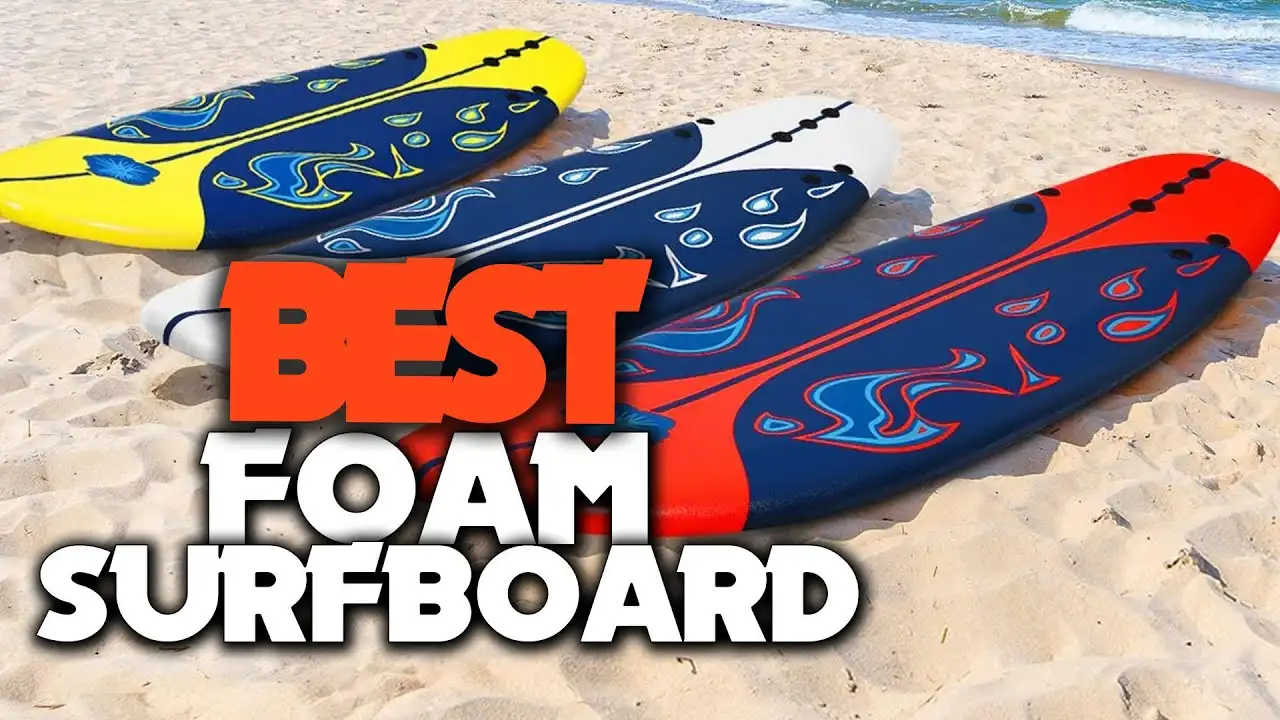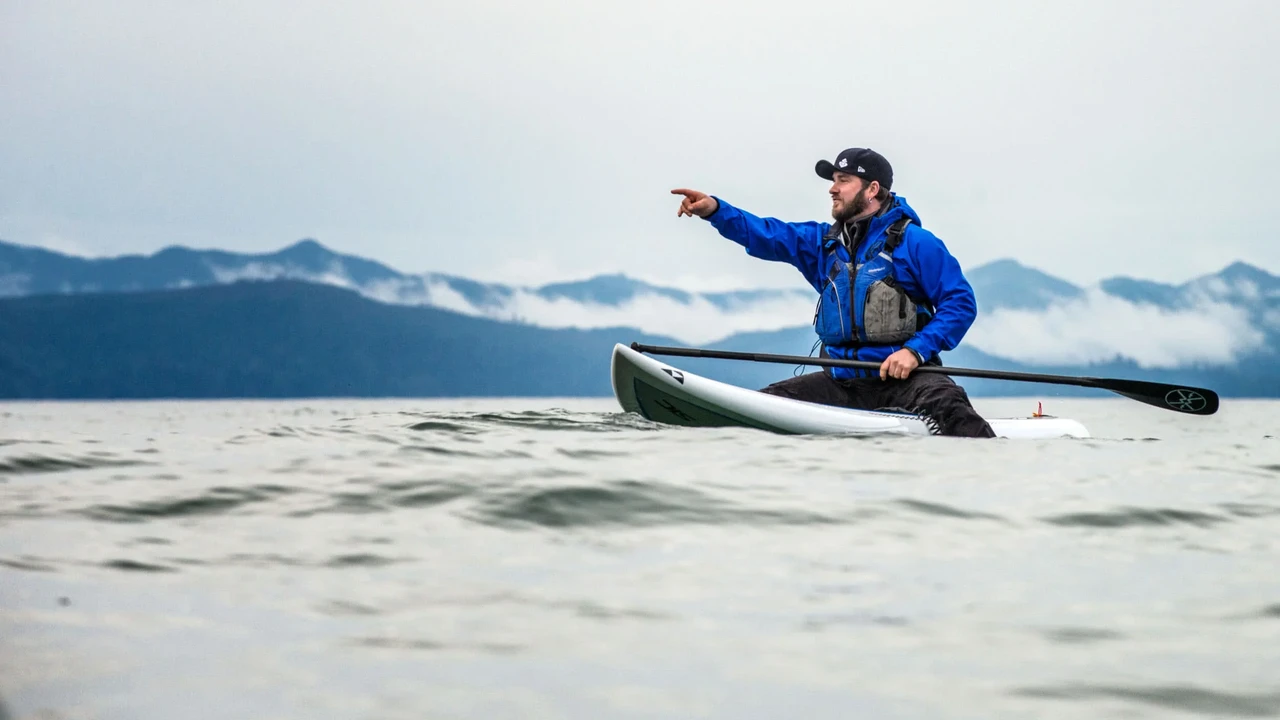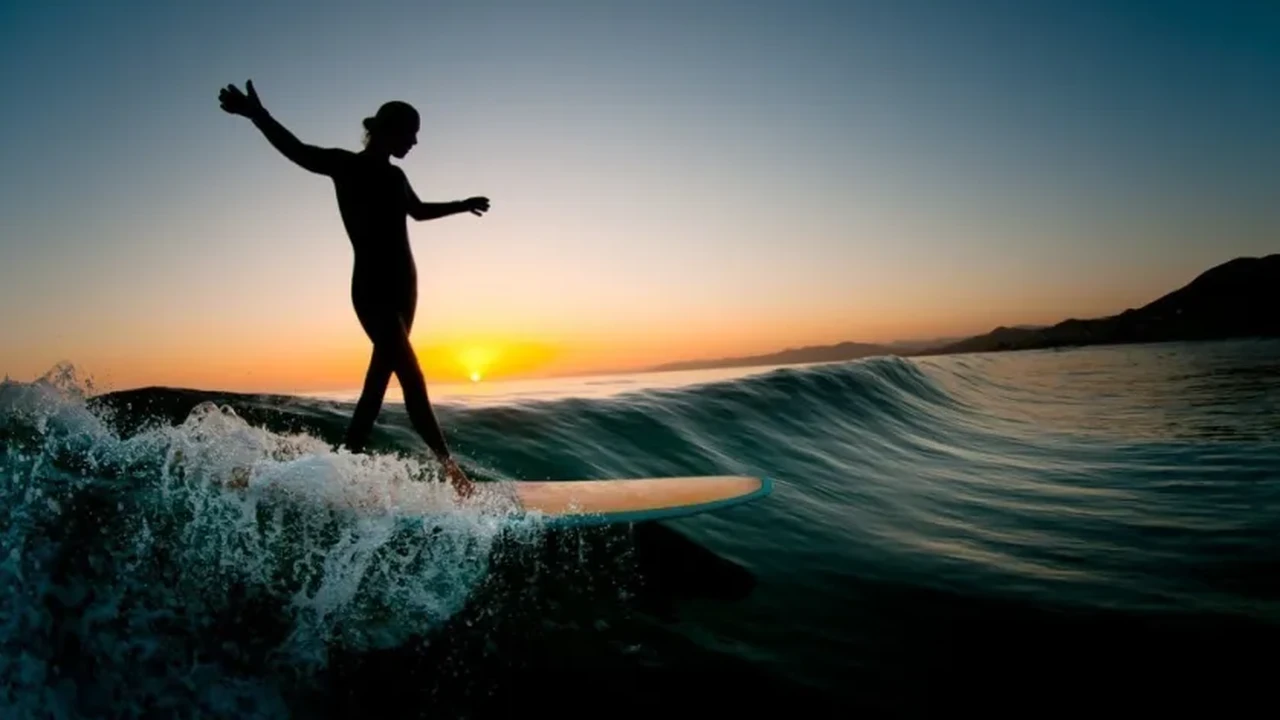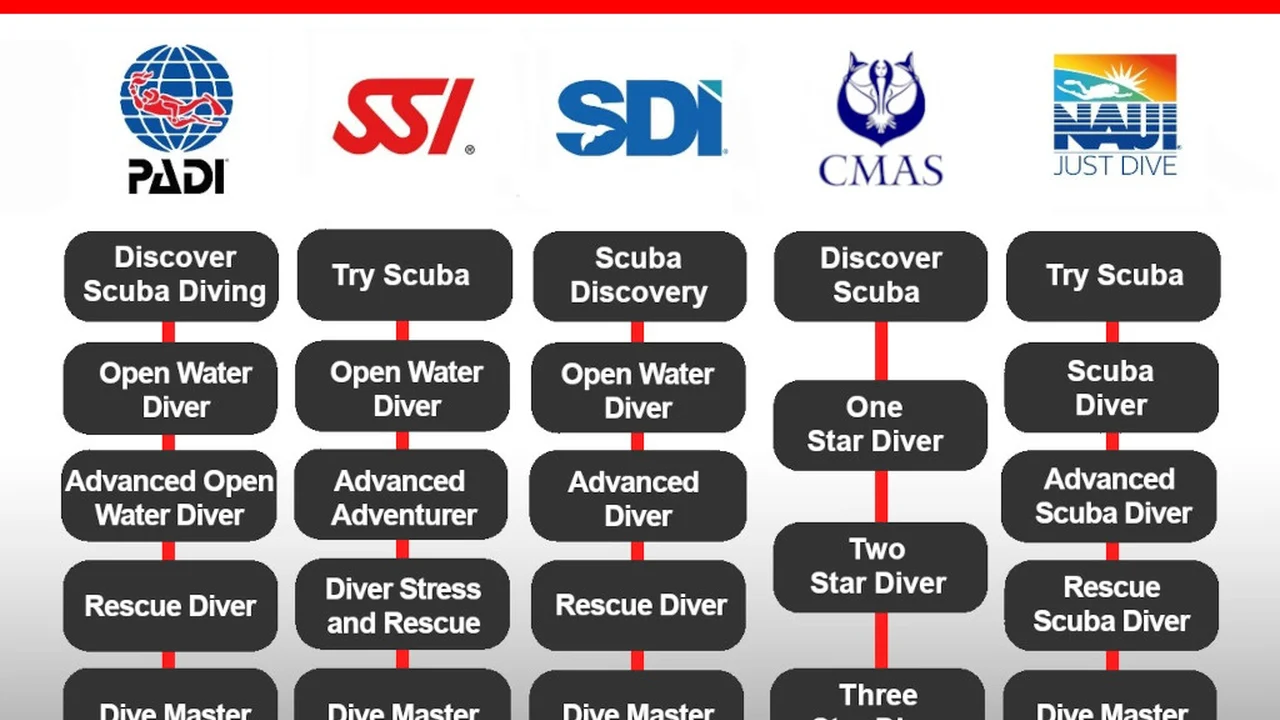Best Wetsuits for West Coast Surfing

Understanding West Coast Surfing Conditions
The West Coast of the United States, stretching from Washington down to Southern California, offers a diverse range of surfing conditions. Understanding these conditions is paramount for any surfer looking to make the most of their time in the water. The Pacific Ocean is a powerful force, and the waves it generates can be both exhilarating and challenging. Factors like swell direction, wind, tide, and local geography all play a crucial role in shaping the surf experience.
Swell Direction: Swell direction refers to the angle from which the waves approach the coastline. West Coast swells are typically generated by storms in the North Pacific during the winter months and Southern Hemisphere storms during the summer. Northwesterly swells tend to favor surf spots that face north or northwest, while southwesterly swells are better for south-facing breaks. Understanding swell direction allows you to predict which spots will be firing on any given day.
Wind: Wind can either make or break a surf session. Offshore winds, blowing from the land out to the sea, groom the waves, creating clean and well-shaped surf. Onshore winds, blowing from the sea towards the land, chop up the waves, making them less desirable. Knowing the wind forecast is essential for planning your surf trip.
Tide: Tides influence wave shape and size. Some surf spots work best at high tide, while others are better at low tide. Tide charts are readily available online and can help you determine the optimal time to surf a particular break.
Local Geography: The shape of the coastline, the presence of reefs, and the depth of the water all contribute to the unique characteristics of each surf spot. Some beaches have gentle, rolling waves perfect for beginners, while others feature steep, powerful waves that challenge even the most experienced surfers.
Choosing the Right Surfboard for West Coast Waves
Selecting the right surfboard is crucial for maximizing your enjoyment and performance in the water. The ideal board depends on your skill level, the type of waves you'll be surfing, and your personal preferences. Here's a breakdown of the different types of surfboards and their suitability for West Coast conditions:
Longboards: Longboards are typically 9 feet or longer and are ideal for beginners and those who enjoy cruising and classic surfing. They offer excellent stability and paddle power, making it easier to catch waves. On the West Coast, longboards are great for smaller, mellow waves and point breaks like San Onofre in Southern California.
Funboards: Funboards are shorter than longboards, typically ranging from 7 to 8 feet in length. They offer a good balance of stability and maneuverability, making them suitable for intermediate surfers and those who want to progress beyond a longboard. Funboards are versatile and can be used in a variety of wave conditions.
Shortboards: Shortboards are typically 6 feet or shorter and are designed for high-performance surfing. They are highly maneuverable and allow surfers to perform radical turns and aerial maneuvers. Shortboards are best suited for experienced surfers and powerful waves. On the West Coast, shortboards thrive in spots like Trestles in Southern California and Mavericks in Northern California (for the very experienced).
Fish Surfboards: Fish surfboards are wider and shorter than traditional shortboards, with a split tail that resembles a fish's tail. They offer excellent speed and paddle power, making them ideal for smaller, weaker waves. Fish surfboards are a fun and versatile option for surfers of all skill levels.
Gun Surfboards: Gun surfboards are long and narrow, designed for riding large, powerful waves. They offer stability and control at high speeds. Gun surfboards are only recommended for experienced surfers who are comfortable in challenging conditions.
Essential Surfing Gear for West Coast Waters
Besides a surfboard, there are several other essential pieces of gear that you'll need for surfing the West Coast. Here's a rundown of the must-have items:
Wetsuit: The water temperature on the West Coast can be chilly, even during the summer months. A good wetsuit is essential for staying warm and comfortable in the water. The thickness of the wetsuit will depend on the time of year and the location. In Southern California, a 3/2mm wetsuit may be sufficient during the summer, while in Northern California, a 4/3mm or even a 5/4mm wetsuit may be necessary year-round. (See the 'Best Wetsuits for West Coast Surfing' article for specific recommendations.)
Surfboard Leash: A surfboard leash connects your surfboard to your ankle, preventing it from drifting away after a wipeout. A leash is a safety essential and helps protect other surfers from being hit by your board.
Surf Wax: Surf wax is applied to the deck of your surfboard to provide traction and prevent you from slipping off. Different types of wax are available for different water temperatures. Choose a wax that is appropriate for the water temperature in your area.
Sunscreen: The sun can be intense, even on cloudy days. Protect your skin from harmful UV rays by applying sunscreen liberally before and during your surf session. Choose a waterproof sunscreen with a high SPF.
Surf Booties, Gloves, and Hood: In colder waters, surf booties, gloves, and a hood can help keep you warm and comfortable. These accessories are especially important for surfing in Northern California and during the winter months.
Top Surfing Destinations on the West Coast
The West Coast boasts a plethora of world-class surf spots. Here are just a few of the top destinations:
Trestles, Southern California: Trestles is a collection of surf breaks located near San Clemente, California. It's known for its consistent waves and variety of breaks, catering to surfers of all skill levels. Lowers (Lower Trestles) is a world-renowned high-performance wave, while Uppers (Upper Trestles) is a mellower break suitable for intermediate surfers. San Onofre, nearby, is perfect for longboarding.
Huntington Beach, Southern California: Huntington Beach is known as "Surf City USA" and is a popular destination for surfers of all levels. It offers consistent beach breaks and a vibrant surf culture.
Rincon, Southern California: Rincon is a classic point break located near Santa Barbara, California. It's known for its long, peeling right-hand waves, perfect for longboarding and classic surfing.
Mavericks, Northern California: Mavericks is a legendary big wave surf spot located near Half Moon Bay, California. It's known for its massive, powerful waves that break in deep water. Mavericks is only for the most experienced and skilled big wave surfers.
Santa Cruz, Northern California: Santa Cruz is a historic surf town with a variety of surf breaks, including Steamer Lane and Cowell Beach. Steamer Lane is a point break that offers challenging waves, while Cowell Beach is a gentle beach break perfect for beginners.
Pacific Beach, San Diego: Pacific Beach offers a variety of breaks, from mellow beach breaks perfect for learning to more challenging reef breaks. The consistency and friendly atmosphere make it a great spot for all levels.
Understanding Surf Etiquette on the West Coast
Surf etiquette is a set of unwritten rules that govern behavior in the water. Following surf etiquette ensures a safe and enjoyable experience for everyone. Here are some key principles of surf etiquette:
Right of Way: The surfer closest to the peak of the wave has the right of way. Don't drop in on someone who is already riding the wave.
Paddle Wide: When paddling back out to the lineup, paddle wide of the breaking waves to avoid getting in the way of other surfers.
Don't Snake: Snaking is paddling around other surfers to get closer to the peak. It's considered rude and can lead to conflicts.
Respect Localism: Be respectful of local surfers and their knowledge of the break. Don't be arrogant or try to take over the lineup.
Communicate: If you're unsure about something, ask a local surfer for clarification. Communication can help prevent misunderstandings and conflicts.
Clean Up: Leave the beach cleaner than you found it. Dispose of your trash properly and pick up any litter you see.
Staying Safe While Surfing the West Coast
Surfing can be a dangerous activity if proper precautions are not taken. Here are some tips for staying safe while surfing the West Coast:
Know Your Limits: Don't surf in conditions that are beyond your skill level. Start with smaller waves and gradually progress as your skills improve.
Check the Surf Report: Before heading out to surf, check the surf report to get an idea of the wave size, swell direction, wind, and tide. This will help you choose the right spot and prepare for the conditions.
Be Aware of Hazards: Be aware of potential hazards such as rocks, reefs, rip currents, and marine life. Ask locals about any specific hazards at the break you're surfing.
Warm Up Before Surfing: Warm up your muscles before getting in the water to prevent injuries. Stretching and light cardio can help prepare your body for the physical demands of surfing.
Stay Hydrated: Drink plenty of water before, during, and after your surf session to stay hydrated.
Never Surf Alone: It's always safer to surf with a friend. If you're surfing alone, let someone know where you're going and when you expect to be back.
Learn CPR and First Aid: Knowing CPR and first aid can be life-saving in an emergency.
West Coast Surf Camps and Lessons
If you're new to surfing or want to improve your skills, consider taking surf lessons or attending a surf camp. There are many reputable surf schools and camps along the West Coast that offer instruction for all skill levels. Here are a few examples:
Surf Diva Surf School, La Jolla, California: Surf Diva is a women's surf school that offers lessons and camps for women of all ages and skill levels.
Nancy Emerson School of Surfing, Southern California: Nancy Emerson is a legendary surf coach who has trained some of the world's best surfers. Her school offers personalized instruction for surfers of all levels.
O'Neill Surf School, Santa Cruz, California: O'Neill Surf School is a well-established surf school that offers lessons and camps for all ages and skill levels.
Richard Schmidt Surf School, Santa Cruz, California: Richard Schmidt is a big wave surfing pioneer. His surf school provides world class instruction for all levels of surfing.
Sustainable Surfing Practices on the West Coast
As surfers, we have a responsibility to protect the ocean and the environment. Here are some sustainable surfing practices that you can adopt:
Use Reef-Safe Sunscreen: Conventional sunscreen contains chemicals that can harm coral reefs. Choose a reef-safe sunscreen that is free of oxybenzone and octinoxate.
Reduce Plastic Consumption: Bring your own reusable water bottle, coffee cup, and shopping bags to reduce plastic waste.
Support Local Businesses: Support local surf shops and businesses that are committed to sustainability.
Participate in Beach Cleanups: Volunteer your time to participate in beach cleanups and help remove trash from the coastline.
Advocate for Ocean Conservation: Support organizations that are working to protect the ocean and marine life.
Product Recommendations for West Coast Surfing
Choosing the right gear can significantly enhance your surfing experience. Here are some product recommendations for West Coast surfing:
Wetsuit Recommendations
O'Neill Psycho Tech 4/3mm: This wetsuit is a great all-around option for surfing in cooler waters. It's made with high-quality neoprene that provides excellent warmth and flexibility. Price: $400-$500.
Rip Curl Flashbomb Heat Seeker 3/2mm: Known for its quick-drying properties, this wetsuit is perfect for warmer West Coast waters. It provides excellent flexibility and comfort. Price: $350-$450.
Patagonia R1 Lite Yulex Long-Sleeved Spring Suit: An environmentally conscious option, this wetsuit is made from Yulex natural rubber. It's ideal for warmer waters and offers excellent flexibility. Price: $250-$350.
Surfboard Recommendations
Channel Islands Al Merrick Average Joe: A versatile board for intermediate surfers, the Average Joe is known for its easy paddling and forgiving nature. It's great for a variety of wave conditions. Price: $700-$900.
Lost RNF Retro: This fish surfboard is perfect for smaller, weaker waves. It offers excellent speed and paddle power. Price: $750-$950.
Firewire Slater Designs Sci-Fi 2.0: A high-performance shortboard designed by Kelly Slater. It's ideal for experienced surfers looking to push their limits. Price: $800-$1000.
Accessories Recommendations
Creatures of Leisure Leash: A reliable and durable leash that will keep your board close. Price: $30-$40.
Sex Wax Quick Humps: A popular surf wax that provides excellent traction. Price: $3-$5.
Sun Bum Sunscreen: A reef-safe sunscreen that will protect your skin from the sun. Price: $15-$20.
Product Comparisons
Let's delve into some specific product comparisons to help you make informed decisions:
Wetsuit Comparison: O'Neill Psycho Tech vs. Rip Curl Flashbomb
O'Neill Psycho Tech: This wetsuit excels in colder waters due to its thicker neoprene and superior insulation. It's a great choice for surfing in Northern California or during the winter months. However, it may feel a bit restrictive in warmer waters.
Rip Curl Flashbomb: The Flashbomb is designed for speed and flexibility. Its quick-drying properties make it ideal for warmer waters and multiple surf sessions in a day. However, it may not provide enough warmth in colder conditions.
Surfboard Comparison: Channel Islands Average Joe vs. Lost RNF Retro
Channel Islands Average Joe: This board is a great all-around option for intermediate surfers. It's easy to paddle and forgiving, making it a good choice for a variety of wave conditions. However, it may not be as high-performance as a dedicated shortboard.
Lost RNF Retro: The RNF Retro is a fish surfboard designed for smaller, weaker waves. It offers excellent speed and paddle power, making it a fun and versatile option. However, it may not perform as well in larger, more powerful waves.
Detailed Product Information
Let's take a closer look at some of the recommended products with detailed information:
O'Neill Psycho Tech 4/3mm Wetsuit
Features: Technobutter 3 Neoprene, Fluid Seam Weld, F.U.Z.E. Closure System. Use Cases: Surfing in cold waters (50-60°F), winter surfing, multi-sport activities. Pricing: $400-$500. Benefits: Excellent warmth, flexibility, and durability. Drawbacks: Can be expensive, may be too warm for warmer waters.
Channel Islands Al Merrick Average Joe Surfboard
Features: Wide outline, low rocker, forgiving rails. Use Cases: Surfing in a variety of wave conditions, intermediate surfers, everyday surfing. Pricing: $700-$900. Benefits: Easy to paddle, forgiving, versatile. Drawbacks: Not as high-performance as a dedicated shortboard.
Conclusion (Intentional Omission)
Instead of a formal conclusion, remember that exploring the West Coast surf scene is a journey. Each wave, each spot, and each piece of gear contributes to the experience. Experiment with different boards, wetsuits, and locations to find what works best for you. Most importantly, respect the ocean, the environment, and your fellow surfers. The West Coast waves are waiting!
:max_bytes(150000):strip_icc()/277019-baked-pork-chops-with-cream-of-mushroom-soup-DDMFS-beauty-4x3-BG-7505-5762b731cf30447d9cbbbbbf387beafa.jpg)






